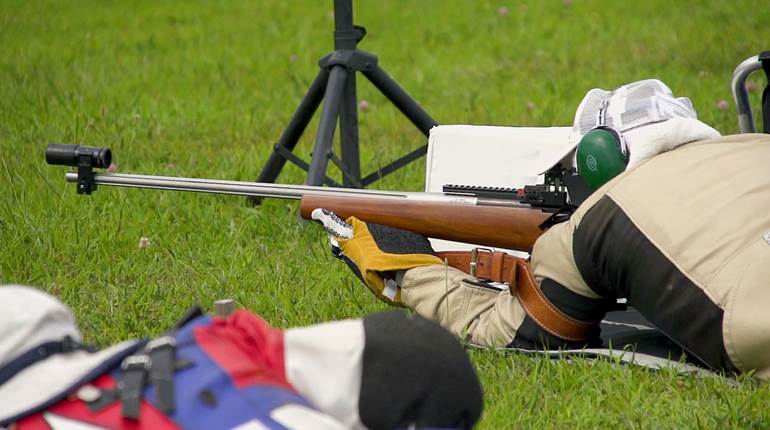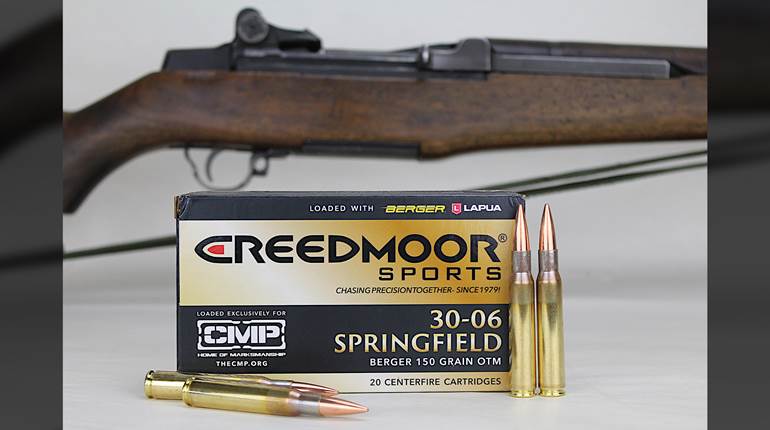With the countless stories that would emerge from the Normandy landings, some of the most harrowing would come from the U.S. troops that stormed "Bloody Omaha" beach. Of the two primary U.S. landing beaches along the Normandy coastline, with "Utah" beach to the west of Pointe du Hoc and "Omaha" to the east, the landings at Omaha beach would result in far more carnage than the other American landing zones.
Omaha, the code name given to a five-mile stretch of the Normandy coastline, was divided into four sectors: "Charlie," "Dog," "Easy" and "Fox," which were themselves further divided into sub-sectors. This beach was the designated landing zone for elements of the U.S. 5th Corps, consisting of the 1st and 29th Infantry Divisions along with supporting naval personnel and combat engineers.

This stretch of beach features a large sandy shoreline overlooked by tall bluffs and rolling hills. the bluffs were fortified by the Germans in the years leading up to the invasion as a part of Hitler's "Atlantic Wall," which was intended to keep any Allied forces from landing along the conquered coastlines of Nazi-controlled Europe. The Germans built numerous concrete bunkers, machine-gun nests and other fortifications along the bluffs overlooking the beaches. On the shoreline itself, the Germans also emplaced tank traps, mines and various other wood and metal obstacles meant to prevent armor and landing craft from making their way up to the shore.

These German defensive positions along the coast were targeted by numerous Allied bombing raids in an effort to destroy them, but these raids did little damage to the fortified emplacements. In the hours before the landings, these positions were further shelled by naval artillery from a fleet of Allied vessels off shore, but this too had negligible effect on the defenses. To make matters worse, the German defenders of Omaha did not have to contend with the issue of paratroopers behind their lines as those defending Utah did. This in turn meant that the men going ashore at Omaha would be facing a focused, entrenched and well-armed enemy that was waiting for them.

On the morning of June 6, 1944, troops boarded their landing craft and prepared to make the journey ashore, but issues cropped up almost immediately. The less-than-ideal weather produced choppy seas, resulting in seasick crew and swamped landing craft. The rough water also caused a the majority of a group of M4 Sherman Duplex Drive amphibious tanks that were meant to support the troops on the beach to instead founder and sink. To make matters worse, a combination of smoke covering the shore and an eastward tidal current pushed many of the landing craft off from their designated landing sectors.

As the craft approached the beach, the German positions along the coastline opened up on them with mortars, artillery and machine gun fire. Obstacles in the water and on the beach prevented many landing craft from being able to get right up to the shoreline, forcing the troops they contained to wade ashore. The men of the first wave to hit the beach were soon greeted by a hail of fire from the numerous MG34 and MG42 machine gun positions spread out amongst the bluffs. Some men were cut down still inside the landing craft, with German gunners focusing in on them as the ramps dropped.

For the men of A Company, 116th Infantry Regiment of the 29th Infantry Division, the German fire was murderous. Landing at the "Dog Green" sector of Omaha, within in five minutes of hitting the beach, the company was essentially wiped out, with 91 killed and 65 wounded. The intense German defensive fire caused the landings at Omaha to stall as American troops desperately tried to find whatever cover they could on the beach. Luckily for many of them, Omaha had a shelf of shingle, or tidal rock, that provided some small degree of cover. However, they would still have to make their way up the rest of the beach and then up the bluffs in order to take it.
To watch complete segments of past episodes of American Rifleman TV, go to americanrifleman.org/artv. For all-new episodes of ARTV, tune in Wednesday nights to Outdoor Channel 8:30 p.m. and 11:30 p.m. EST.























